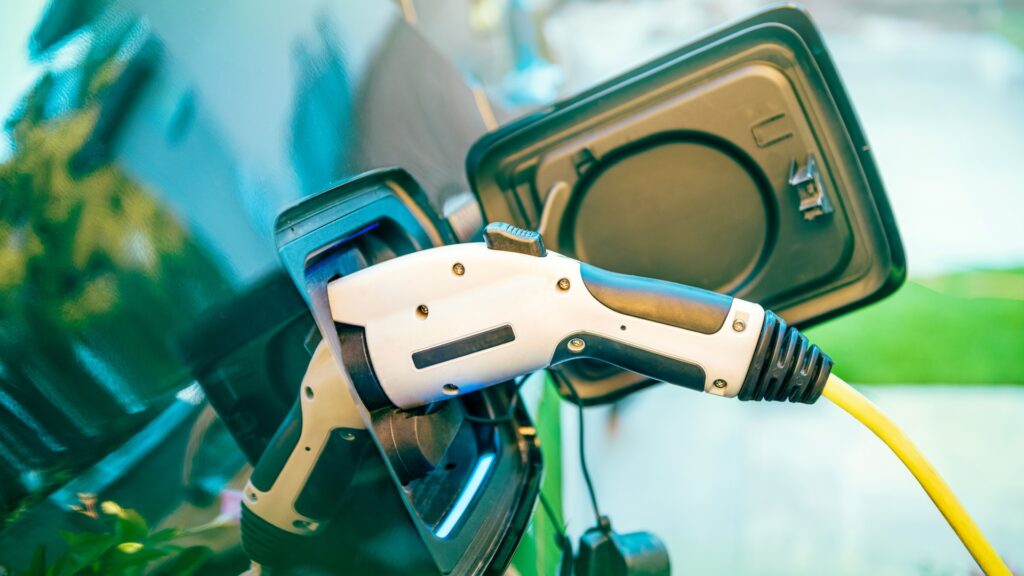As an avid supporter of sustainable technologies, I’ve always been fascinated by the environmental impact of electric vehicles (EVs). One crucial aspect that often gets overlooked is the lifecycle assessment of EV batteries. These powerhouses of energy storage play a significant role in the overall sustainability of electric transportation.
In this article, I delve into the intricate details of evaluating the environmental footprint of EV batteries throughout their lifecycle. From raw material extraction to manufacturing, usage, and eventual disposal or recycling, each stage presents unique challenges and opportunities for reducing environmental impact. Understanding the lifecycle assessment of EV batteries is key to making informed decisions about their environmental benefits and drawbacks.
Overview of EV Batteries Lifecycle Assessment
Exploring the lifecycle of electric vehicle (EV) batteries sheds light on their environmental impact. From the sourcing of raw materials to manufacturing, usage, and eventual disposal or recycling, every phase plays a crucial role in the sustainability of these batteries. Understanding the complete lifecycle of EV batteries is essential for making informed decisions on their ecological footprint and long-term viability.
Environmental Impacts of EV Battery Production
As I delve into the environmental impacts of EV battery production, it’s crucial to examine the processes involved right from the extraction of raw materials to the manufacturing phase. Let’s explore the key aspects of each stage to understand the ecological footprint of electric vehicle batteries more comprehensively.
Raw Material Extraction
In evaluating the environmental implications of EV battery production, the extraction of raw materials stands out as a significant starting point. The mining of minerals such as lithium, cobalt, and nickel, essential for battery production, can have adverse effects on the environment. Issues such as habitat disruption, soil degradation, and water pollution are common during this phase. Therefore, sustainable sourcing practices and responsible mining efforts are imperative to mitigate these environmental impacts.
Manufacturing Processes
The manufacturing processes involved in producing EV batteries also contribute to their environmental footprint. Energy-intensive operations, transportation of materials, and wastewater generation are key aspects to consider. Optimizing manufacturing techniques, increasing energy efficiency, and adopting eco-friendly practices are crucial steps to reduce the carbon footprint associated with battery production. Furthermore, recycling and reusing materials within the manufacturing process can significantly lower the overall environmental impact of EV battery production.
Usage Phase of EV Batteries
During the usage phase, electric vehicle (EV) batteries showcase their performance and efficiency, key factors in determining the overall environmental impact of these vehicles.
Performance and Efficiency
I’ll focus on the performance and efficiency of EV batteries during the usage phase to highlight their environmental benefits and operational effectiveness.
Here are some key points to consider:
- Longevity: EV batteries are designed to last for a certain number of charge cycles, ensuring optimal performance over an extended period.
- Energy Density: The energy density of EV batteries determines how much energy they can store relative to their weight, impacting the vehicle’s range and efficiency.
- Charging Infrastructure: The availability of charging infrastructure influences the convenience and accessibility of recharging EV batteries, affecting their usability and efficiency.
- Regenerative Braking: EVs utilize regenerative braking systems to recover energy during deceleration, enhancing efficiency and reducing overall energy consumption.
End-of-Life Management of EV Batteries
Exploring the sustainable practices for managing the end-of-life phase of electric vehicle (EV) batteries is crucial for environmental preservation. As the demand for EVs continues to rise, devising efficient strategies for battery disposal and recycling becomes increasingly important.
Recycling EV batteries at the end of their lifecycle presents a significant opportunity to mitigate environmental harm. It allows for the recovery of valuable materials like lithium, cobalt, and nickel, reducing the need for new raw material extraction. By reusing these elements, we can promote resource conservation and decrease the environmental impact associated with mining and manufacturing processes.
Proper disposal of EV batteries is essential to prevent potential environmental contamination. Implementing safe and environmentally friendly methods for battery disposal helps avoid soil and water pollution, safeguarding ecosystems and human health. Adhering to regulatory guidelines and industry standards ensures that end-of-life EV batteries are managed responsibly and sustainably.
Efforts to establish efficient recycling infrastructure and processes are paramount in creating a circular economy for EV batteries. Developing technologies for extracting and reusing battery components, coupled with effective collection and recycling systems, enhances the sustainability of EVs. Investing in research and innovation to improve battery recycling rates contributes to reducing waste and conserving resources in the automotive industry.
By focusing on the end-of-life management of EV batteries, we can optimize resource utilization, minimize environmental impact, and promote the long-term sustainability of electric vehicles. Embracing responsible practices for battery disposal and recycling is essential in advancing the environmental performance of EVs and fostering a greener future.




